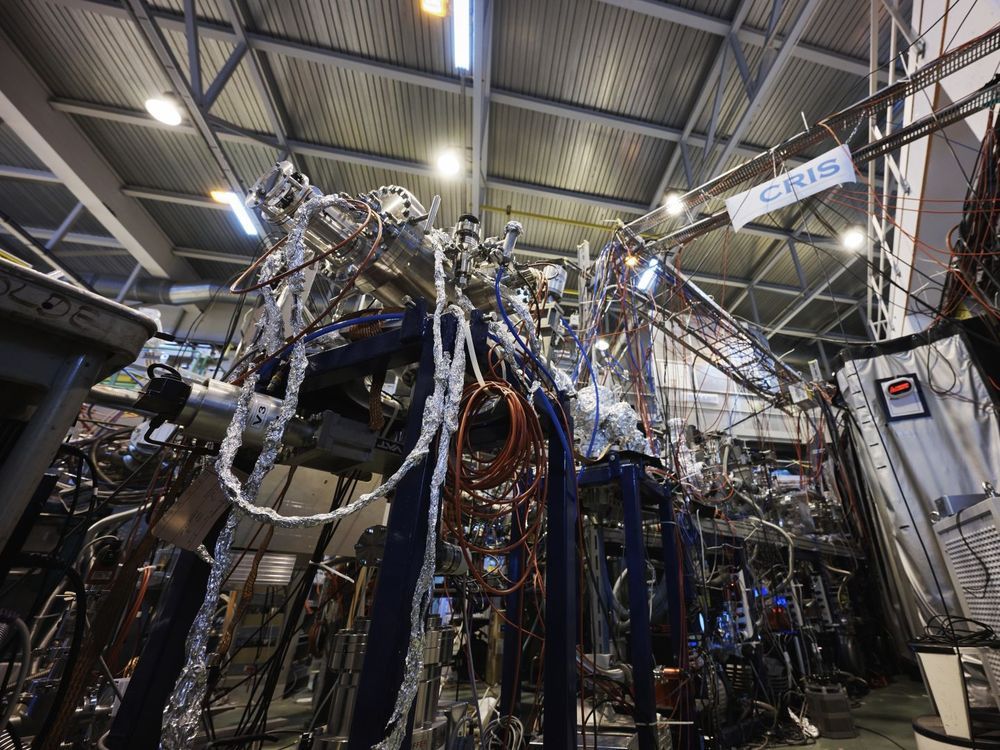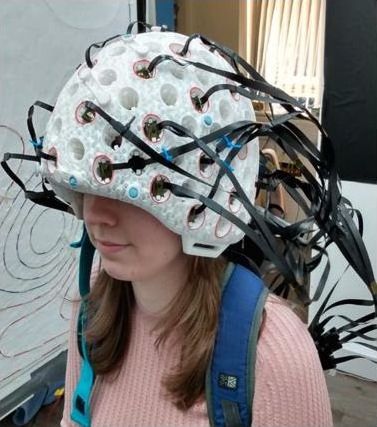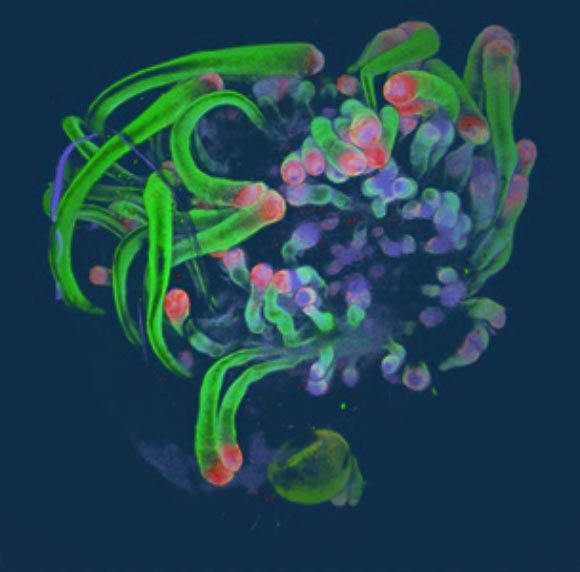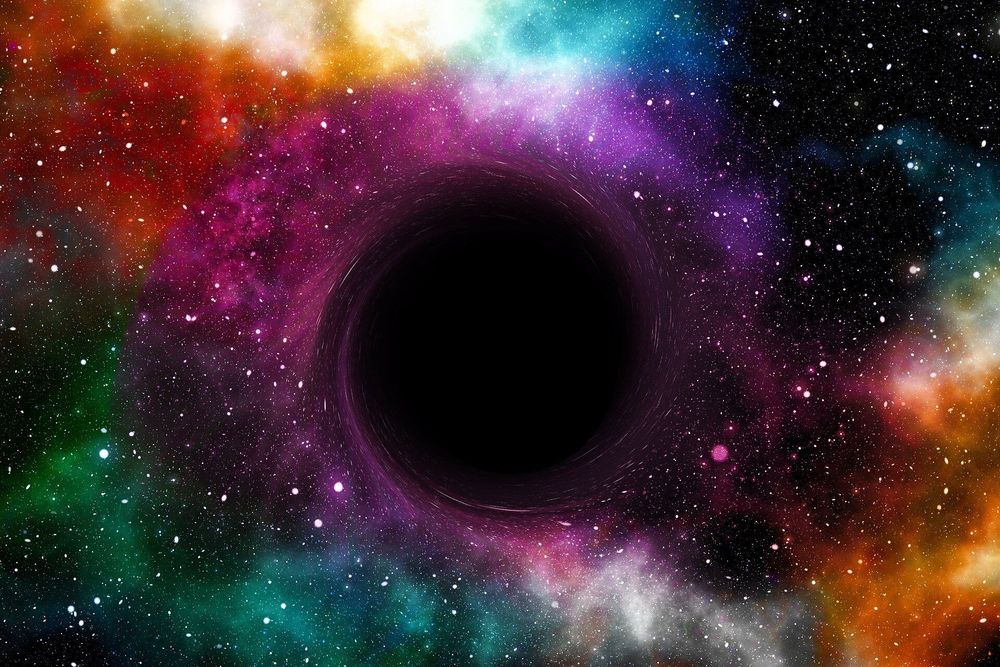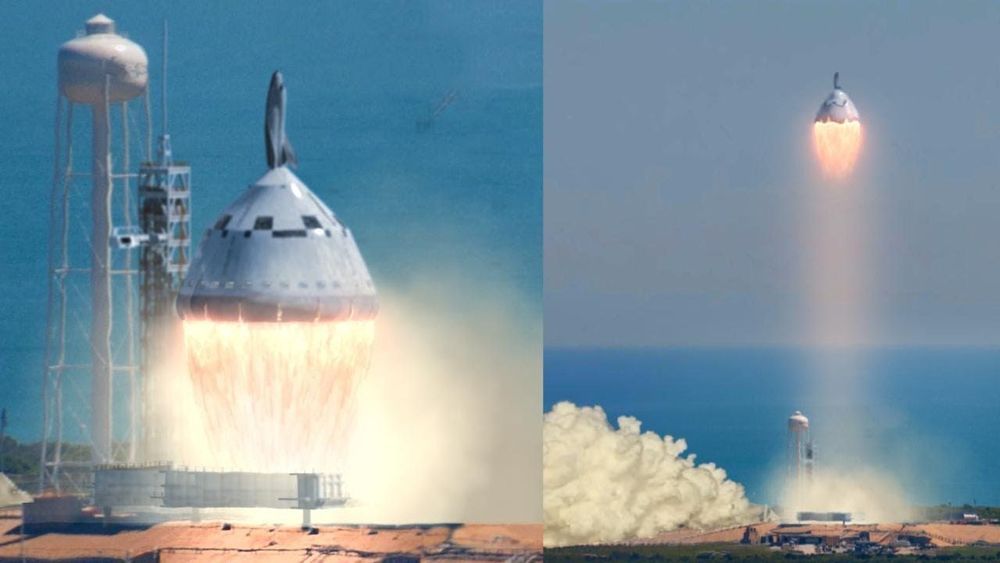Radium monofluoride produced at CERN is ideal for measuring the electron electric dipole moment.
When it comes to monitoring electrical activity in the brain, patients typically have to lie very still inside a large magnetoencephalography (MEG) machine. That could be about to change, though, as scientists have developed a new version of a wearable helmet that does the same job.
Back in 2018, researchers at Britain’s University of Nottingham revealed the original version of their “MEG helmet.”
The 3D-printed device was fitted with multiple sensors that allowed it to read the tiny magnetic fields created by brain waves, just like a regular MEG machine. Unlike the case with one of those, however, wearers could move around as those readings were taking place.
The ALICE collaboration has presented new results on the production rates of antideuterons based on data collected at the highest collision energy delivered so far at the Large Hadron Collider. The antideuteron is composed of an antiproton and an antineutron. The new measurements are important because the presence of antideuterons in space is a promising indirect signature of dark matter candidates. The results mark a step forward in the search for dark matter.
A team of researchers from several U.S. institutions has created an organoid culture system that generates complex skin from human pluripotent stem cells.
Can artificial intelligence create great music?
Your answer, of course, will very much depend on what you call great music. Plus on when and where you’re playing it. I’ve found an AI-generated music app that creates great music for at least one purpose.
““This is the first time we can actually see the dynamics of light while it is trapped in nanomaterials, rather than relying on computer simulations,” Technion-Israel researcher Kangpeng Wang said in a press release.”
Scientists can now observe what they previously needed to simulate or model.
According to new research by SISSA, ICTP and INFN, black holes could be like holograms, in which all the information to produce a three-dimensional image is encoded in a two-dimensional surface. As affirmed by quantum theories, black holes could be incredibly complex, and concentrate an enormous amount of information in two dimensions, like the largest hard disks that exist in nature. This idea aligns with Einstein’s theory of relativity, which describes black holes as three dimensional, simple, spherical and smooth, as depicted in the first-ever image of a black hole that circulated in 2019. In short, black holes appear to be three dimensional, just like holograms. The study, which unites two discordant theories, has recently been published in Physical Review X.
The mystery of black holes
For scientists, black holes pose formidable theoretical challenges for many reasons. They are, for example, excellent representatives of the great difficulties of theoretical physics in uniting the principles of Einstein’s general theory of relativity with those of the quantum physics of gravity. According to the relativity, black holes are simple bodies without information. According to quantum physics, as claimed by Jacob Bekenstein and Stephen Hawking, they are the most complex existing systems because they are characterized by enormous entropy, which measures the complexity of a system, and consequently contain a lot of information.
Chrysler Aerospace was already contracted for the Saturn 1 and 1B First Stage so in 1971
they proposed an alternate shuttle program, the SERV and MURP
SERV: the Single-stage Earth-orbital Reusable Vehicle had a 53 metric ton payload in a 7m x 18m payload bay
12 LH2/LOX aerospike engines were arranged around the rim of the base, covered by movable metal shields
Jet Engines, which were fired just prior to touchdown in order to slow the descent.
MURP, the Manned Upper-stage Reusable Payload
The MURP was based on the HL-10 lifting body (Six Million Dollar Man test Vehicle) and a Larger Versionone larger (the D-34) could carry up to ten passengers.
